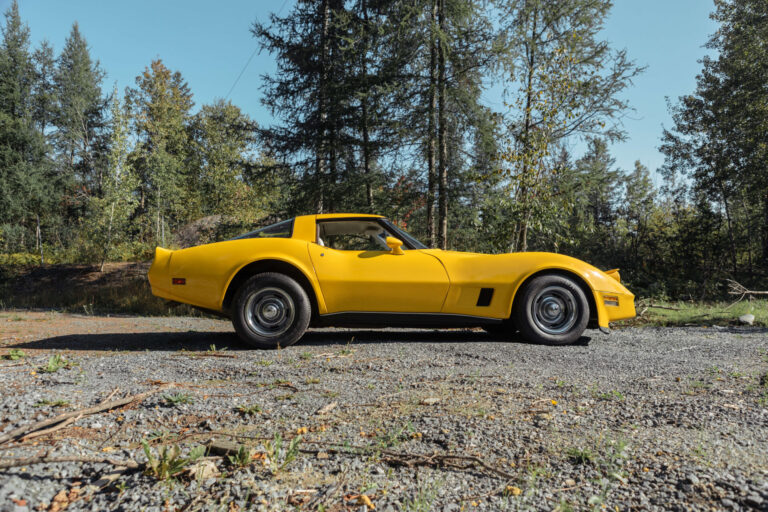The Automotive Dream “One man and his dream had not simply left the world with an engine and four wheels; Henry Ford and his Model T had influenced people's everyday lives - where they lived, how they spent their leisure time, even how they viewed themselves.” - Gary...
Rolls-Royce Phantom I – 1928
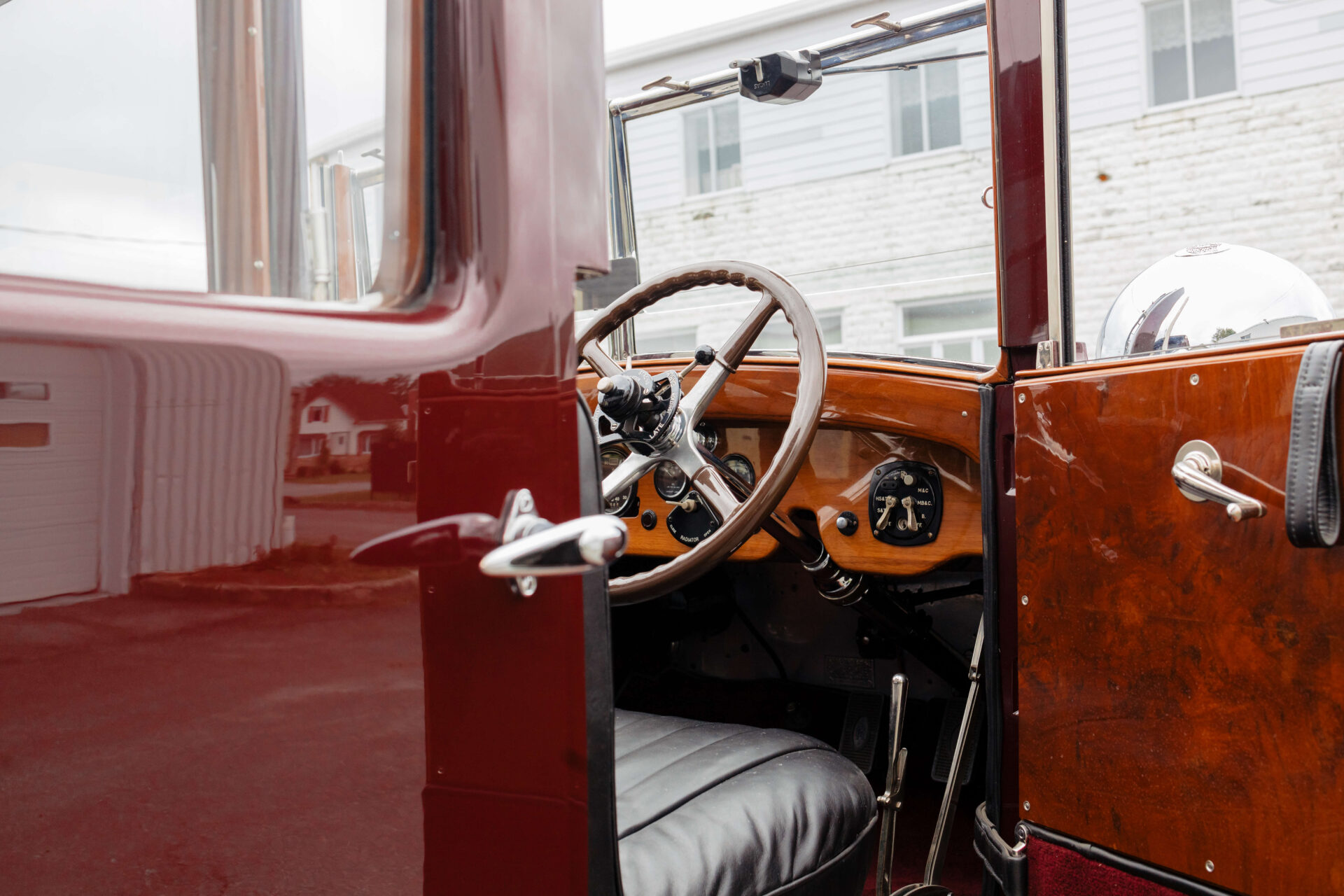
Recent posts
Lagonda 16/80 Special Six 1933
English Touring The car we present to you this week is the Lagonda 16/80 Special Six in the Demers Car Collection. Lagonda was a luxury British car brand that Aston Martin eventually absorbed. Through its association with Aston Martin, it is sometimes hard to remember...
An Introduction to Lagonda
Before Aston Martin “The history of Lagonda cars is synonymous with sophistication, opulence, and groundbreaking performance” - An article for Discovery UK Today, we may recognize the name Lagonda from its association with Aston Martin. Before these two brands...
Cadillac Model A 1903
The Standard of the World “No other American car on the market in the first decade of the century was constructed to higher standards than Cadillac.” - Stephen W. Sears in The Automobile in America Some of you may know that Cadillac has long had the slogan “Standard...
The New Phantom
“Take the best that exists and make it better.” – A pillar of Rolls-Royce philosophy

You don’t just get rid of a Roll-Royce. To purchase a Rolls-Royce is not just buying a car, and it never was. More than a form of transportation, it is an investment so it isn’t surprising that quite a few early models still survive to this day.
Roll-Royce’s desirability and exclusivity have fed our desire for over a century surviving global changes and waning fashions. The New Phantom, or the Phantom I, as it was named in retrospect, was the shortest lived Rolls-Royce model. It took a long time for car collectors to recognise it as valuable, but it was actually quite well received in its time. Interestingly, it was produced both in England and in the United States.

Rolls-Royce and the New Phantom
Arguably, the model that popularized Rolls-Royce is the Silver Ghost. Its first iteration was introduced in 1906 and improved over time, but by the mid 1920s the brand was due for something new. Here came the New Phantom, or as it is now called the Phantom I. About 3,440 chassis were produced between 1925 and 1931 by the Derby factory in England and the Springfield, Massachusetts factory in the United States. The New Phantom shared the same chassis offered in two wheelbases and overall looks of its predecessor, but it was fitted with a brand new engine and adopted Hispano-Suiza’s servo brakes. Although the new model was significantly more performant than the Silver Ghost, the New Phantom was not necessarily the “best car in the world.” Announced in 1929, the new and improved Phantom II replaced the short-lived Phantom I.
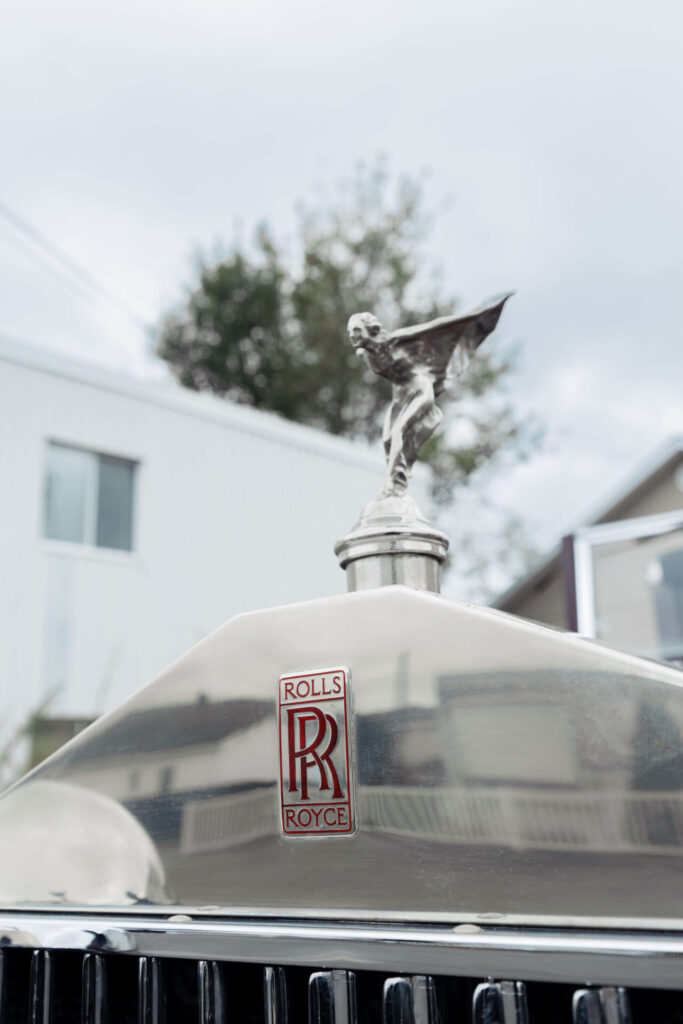
Why all this Talk About Ghosts?
The Silver Ghost, the New Phantom, the Phantom II, the Ghost, the Phantom… why all this talk about ghosts? The repetition of this name can get confusing to someone unfamiliar with Rolls-Royce. This choice of name is not random and is actually indicative of one of the most important features of early Rolls-Royces: Silence. Rolls-Royce is the first of many brands that has successfully marketed silence. Indeed, Rolls-Royce’s precision engineering allowed their engines to be much more quiet than their competitors’. Today, it might be hard for us to imagine a world where you choose your car for how quiet it is. In fact many car lovers dislike electric cars for that exact reason. But at the beginning of the 20th century, silence was a luxury. And Rolls-Royce did it better than anyone else. Thus, the brand named three consecutive models as the Silver Ghost, the New Phantom and the Phantom II, suggesting that Rolls-Royce cars were quiet like immaterial ghosts!
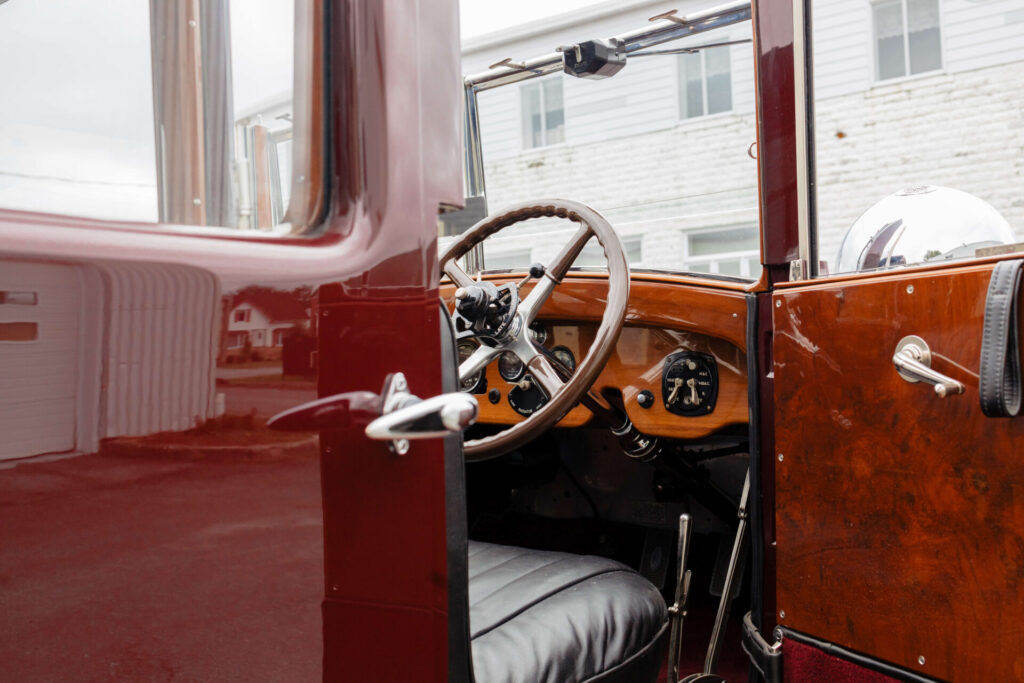
What About This One?
This particular car was produced in 1928 on the long wheelbase chassis with a coach made by Hall, Lewis & Co, Ltd of London. Hall, Lewis & Co was one of England’s most reputable coachbuilders. A long chassis would have cost about £1900 back in the days and coachwork was purchased separately. A period ad reads “The beauty of a Hall, Lewis body is certainly a beauty that use cannot wither nor custom stale.” Like the untarnished reputation of the Rolls-Royce brand, we believe that this particular coachwork has also aged gracefully. The interior is finished in walnut burl wood and suede leather. The elegance of its design hasn’t faded, and almost 100 years later, we can still recognize its dignified beauty.
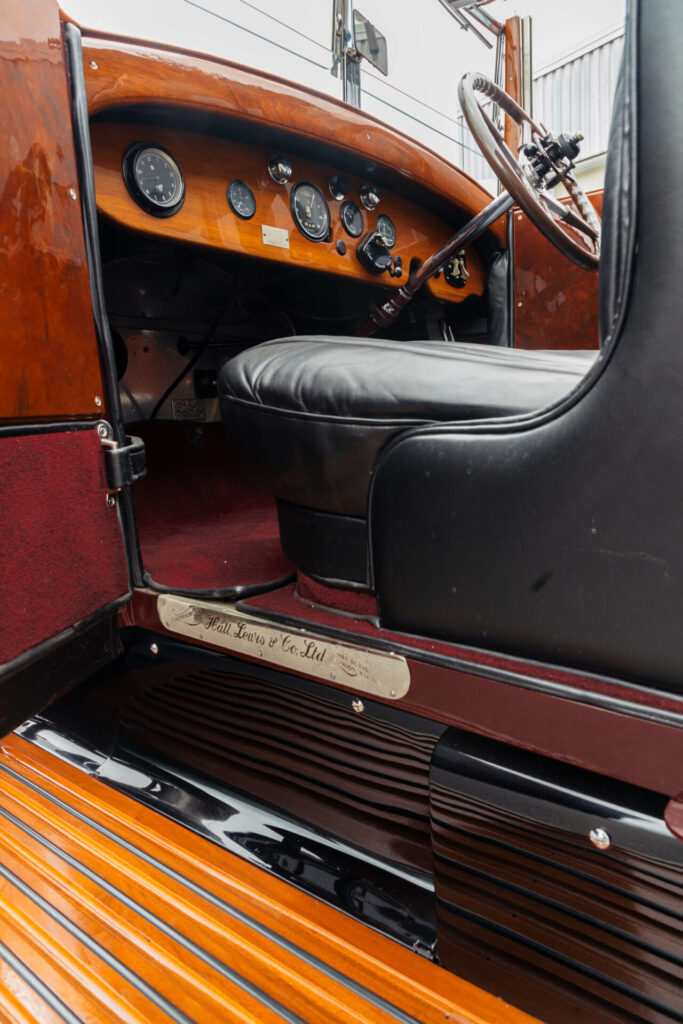
What Now?
We started the blog noting that one does not just get rid of a Rolls-Royce. The purchase of such a car is unique in itself: You bought the chassis, at an exorbitant price that could be compared to an investment, and you then designed its appearance with the help of a coachbuilder. The craftsmanship and engineering quality of Rolls-Royces have proven the brand to be quite extraordinary. Early examples, like this particular one, have also survived the test of time. In The Automobile Book, Ralph Stein describes owning a Rolls-Royce as possessing “the finest mechanical artifact that has ever been made.” This New Phantom like all early Roll-Royces deserves to be preserved and celebrated.
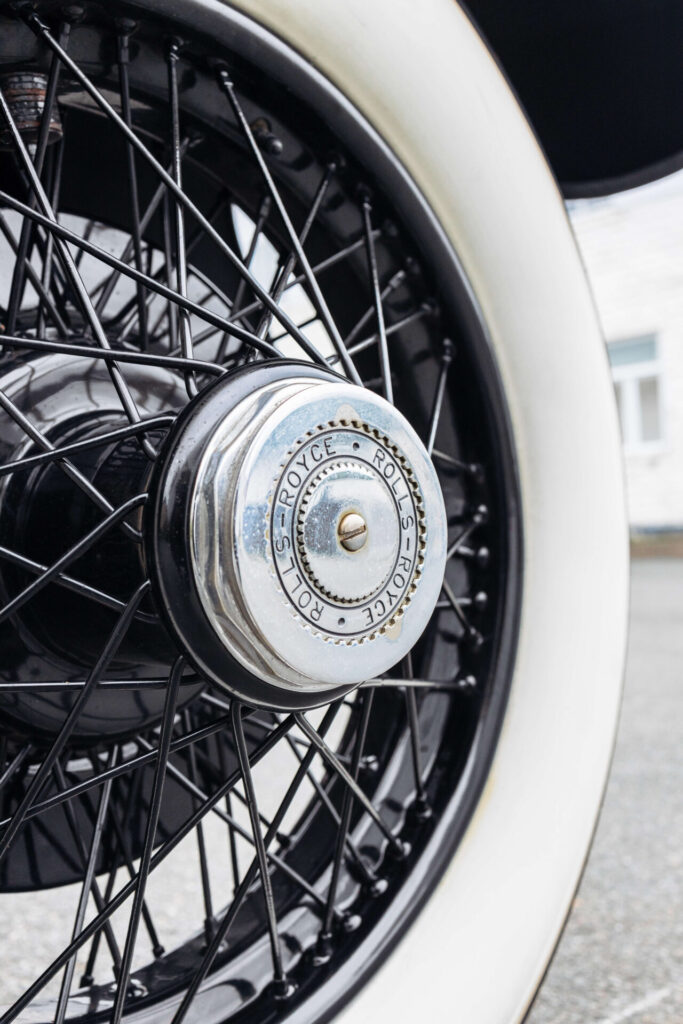
The Nitty Gritty
- 7,668 c.c., six cylinder engine with overhead valves;
- Although Rolls-Royce never divulged the power of their engines, estimates suggest it was capable of about 100bhp;
- Depending on the weight and aerodynamics of the coach, maximum speed of about 80 mph or 128 km/h;
- Single plate clutch, 4 speeds manual;
- Dual ignition with magneto and coil;
- 4 wheel servo brakes plus an independent hand brake;
- Semi-elliptic front and cantilever rear suspension;
- Option of a 144” or 365.8 cm wheelbases for £1850 (prices were even higher in the US);
- Option of a 150.5” or 382.3 cm wheelbases for £1900;
- Came with a three year guarantee.


